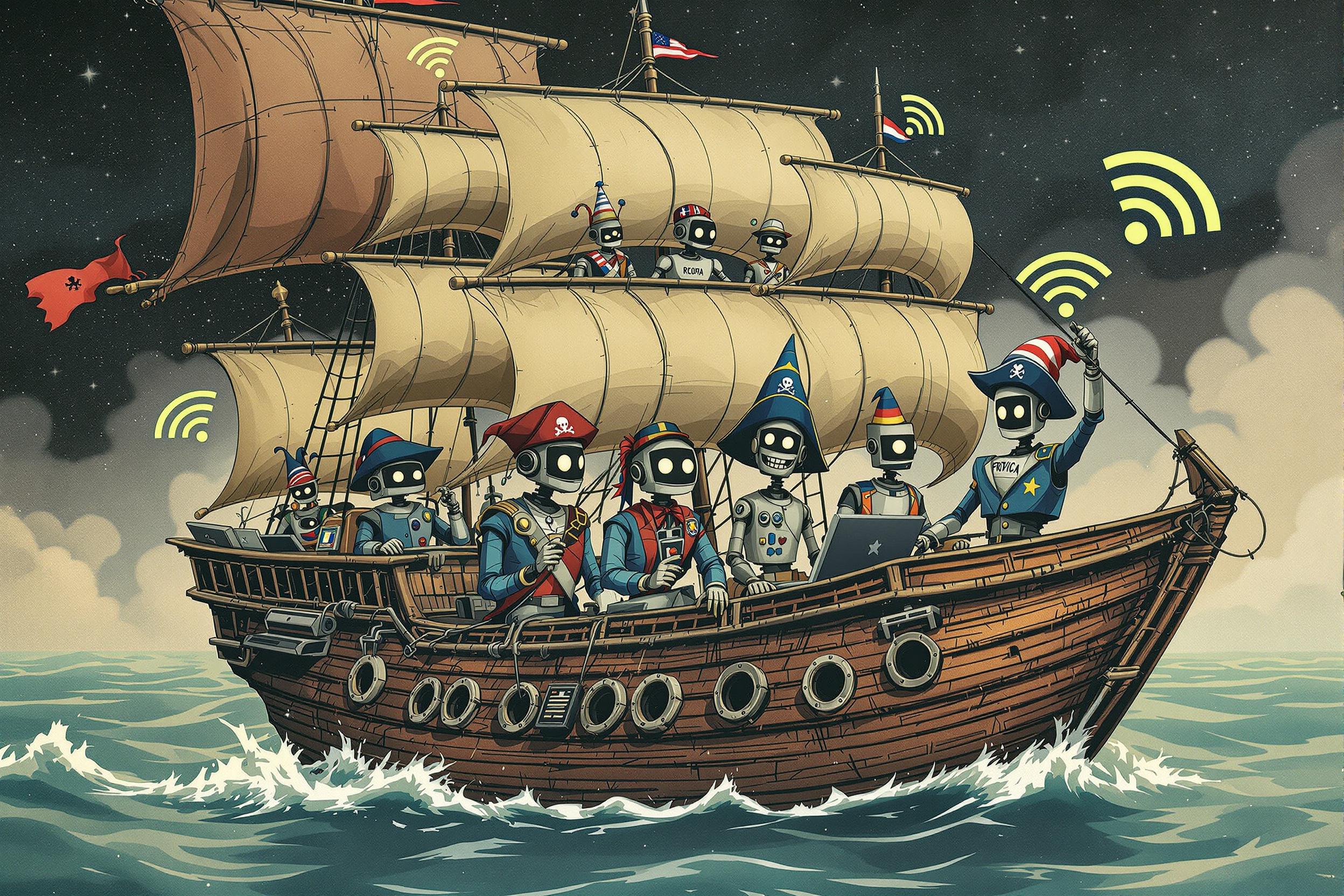
Radiosonde
A radiosonde is a small, lightweight weather monitoring device that is sent up into the atmosphere using weather balloons. These tools help weather organizations collect important data about temperature, humidity, wind, and air pressure at different heights in the sky. Think of it as a flying weather station that sends back information to help create weather forecasts. When you see terms like 'upper-air observations' or 'atmospheric soundings' in job descriptions, they're often referring to work with radiosondes. Similar tools include weather balloons, dropsondes, and atmospheric sensors.
Examples in Resumes
Conducted daily weather observations using Radiosonde and Weather Balloon systems
Analyzed Radiosonde data to create accurate weather forecasts
Trained junior meteorologists in Radiosonde launch procedures and data interpretation
Typical job title: "Meteorological Technicians"
Also try searching for:
Where to Find Meteorological Technicians
Professional Organizations
Job Boards
Online Communities
Example Interview Questions
Senior Level Questions
Q: How would you handle a situation where radiosonde data shows unexpected atmospheric conditions?
Expected Answer: A senior professional should discuss verification procedures, cross-referencing with other data sources, understanding of atmospheric physics, and decision-making processes for weather forecasting adjustments.
Q: Describe your experience in training others on radiosonde operations and data interpretation.
Expected Answer: Should demonstrate leadership experience, ability to create training programs, knowledge of safety procedures, and methods for teaching data analysis to junior staff.
Mid Level Questions
Q: What are the key factors you consider when preparing for a radiosonde launch?
Expected Answer: Should mention weather conditions, equipment checks, safety procedures, timing considerations, and coordination with other weather stations or air traffic control.
Q: How do you ensure accurate data collection from radiosonde measurements?
Expected Answer: Should discuss calibration procedures, proper launch techniques, tracking methods, and data quality control processes.
Junior Level Questions
Q: What is a radiosonde and what does it measure?
Expected Answer: Should be able to explain that it's an atmospheric measuring device attached to weather balloons that measures temperature, humidity, pressure, and wind conditions at various heights.
Q: What safety procedures are important when launching a radiosonde?
Expected Answer: Should demonstrate knowledge of basic safety protocols, including proper handling of equipment, weather balloon inflation procedures, and launch area requirements.
Experience Level Indicators
Junior (0-2 years)
- Basic radiosonde launch procedures
- Weather data collection
- Basic weather observation techniques
- Understanding of weather safety protocols
Mid (2-5 years)
- Advanced data analysis
- Equipment maintenance and troubleshooting
- Weather pattern interpretation
- Team coordination
Senior (5+ years)
- Program management
- Staff training and supervision
- Advanced weather forecasting
- Quality control implementation
Red Flags to Watch For
- No hands-on experience with weather observation equipment
- Lack of understanding of basic meteorological principles
- Poor attention to detail in data collection
- Insufficient knowledge of weather safety procedures
Related Terms
Need more hiring wisdom? Check these out...

Unlocking Talent Offline: Innovative Strategies for Recruiting in Low-Internet Areas

Speak Up! How Voice Search Is Changing Job Listings and What HR Needs to Do About It

Speak Their Language: How Localized Job Descriptions Unlock Regional Talent

